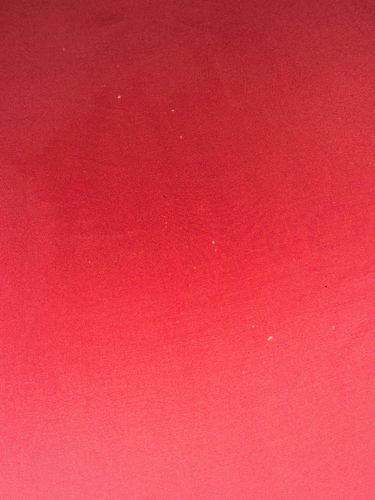Dust Mite
Scientific Name: Dermatophagoides spp.
Order & Family: Astigmata, Pyroglyphidae
Size: 0.2 - 0.3 mm (microscopic)

Natural Habitat
Human dwellings, especially bedding, carpets, upholstered furniture, and clothing, thriving in warm, humid environments.
Diet & Feeding
Primarily feed on dead human skin cells (dander), but also spores, pollen, and other organic detritus.
Behavior Patterns
Dust mites are nocturnal and photophobic, meaning they generally avoid light. They reproduce rapidly, especially in high humidity. They are not parasitic, but their fecal matter and body fragments are significant allergens. They do not bite or sting.
Risks & Benefits
Potential risks: Major indoor allergen causing allergic reactions such as asthma, eczema, and allergic rhinitis. They do not transmit diseases. Benefits: Act as decomposers of organic matter in indoor environments, which is a minor ecological benefit within their specific habitat.
Identified on: 9/5/2025